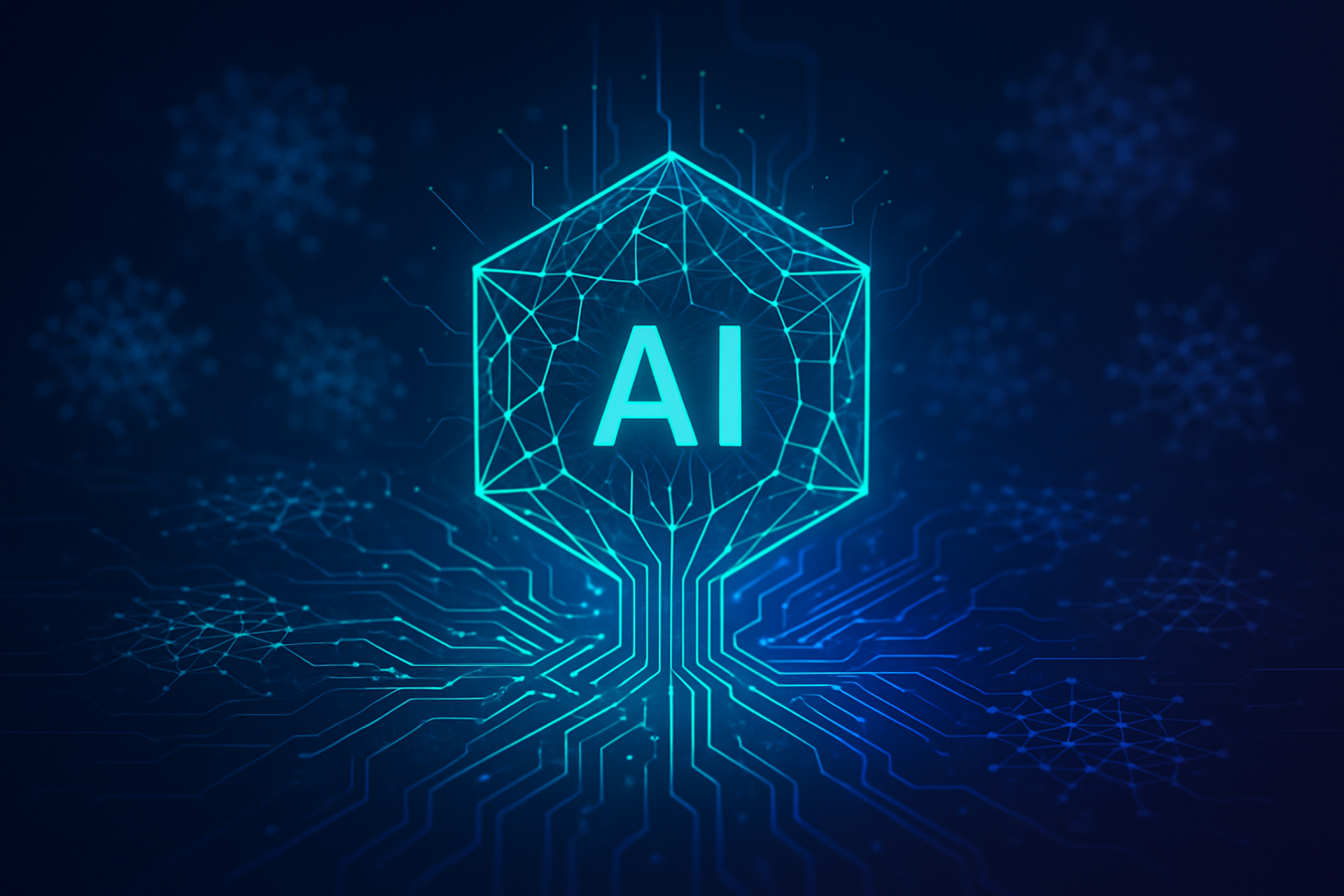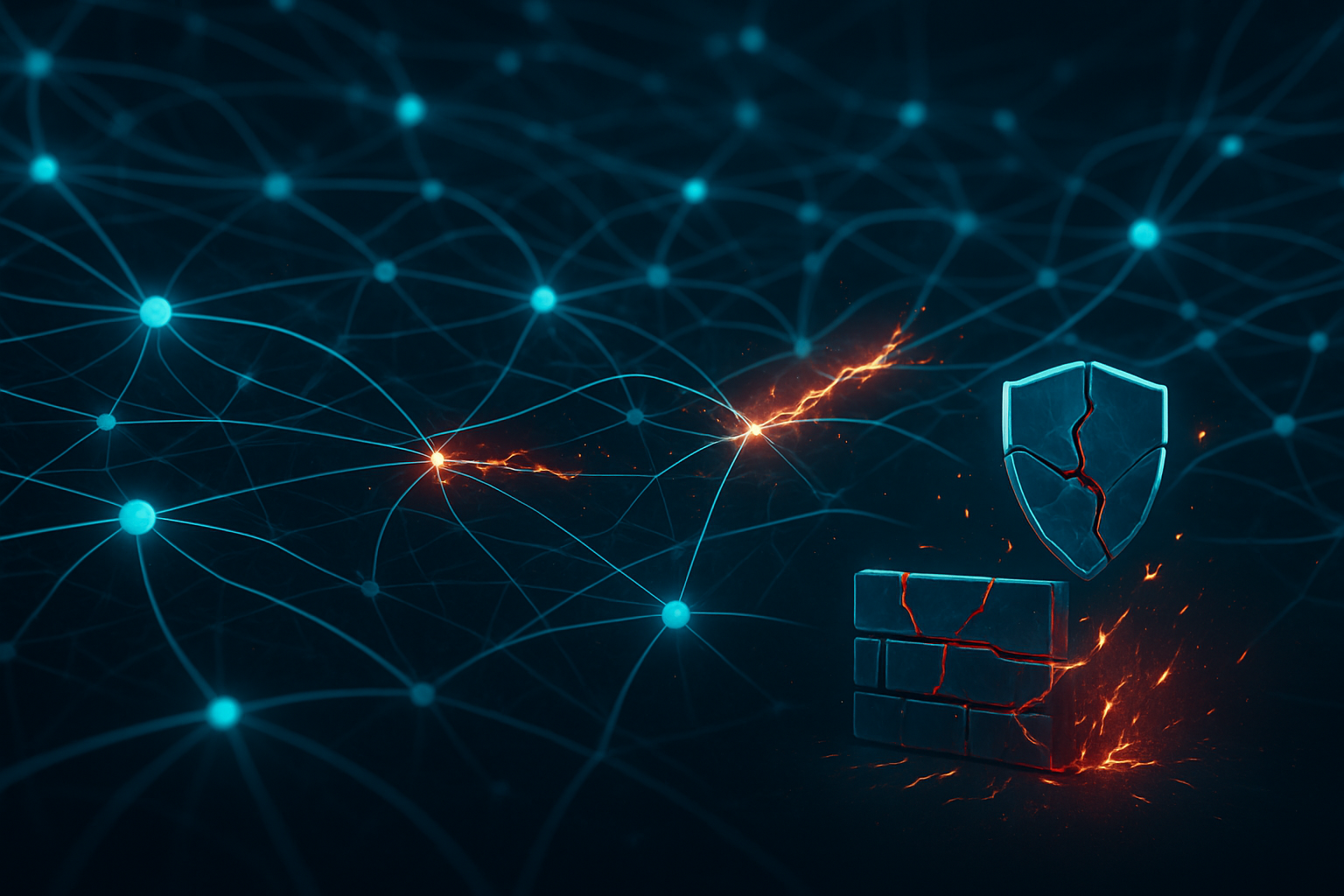San Francisco, CA – October 10, 2025 – Recent AI benchmark results have sent ripples through the tech industry, revealing a significant and growing performance chasm between cutting-edge proprietary models like OpenAI's GPT-5 and their open-source counterparts. While the open-source community continues to innovate at a rapid pace, the latest evaluations underscore a widening lead for closed-source models in critical areas such as complex reasoning, mathematics, and coding, raising pertinent questions about the future of accessible AI and the democratization of advanced artificial intelligence.
The findings highlight a pivotal moment in the AI arms race, where the immense resources and specialized data available to tech giants are translating into unparalleled capabilities. This divergence not only impacts the immediate accessibility of top-tier AI but also fuels discussions about the concentration of AI power and the potential for an increasingly stratified technological landscape, where the most advanced tools remain largely behind corporate walls.
The Technical Chasm: Unpacking GPT-5's Dominance
OpenAI's (NASDAQ: MSFT) GPT-5, officially launched and deeply integrated into Microsoft's (NASDAQ: MSFT) ecosystem by late 2025, represents a monumental leap in AI capabilities. Experts now describe GPT-5's performance as reaching a "PhD-level expert," a stark contrast to GPT-4's previously impressive "college student" level. This advancement is evident across a spectrum of benchmarks, where GPT-5 consistently sets new state-of-the-art records.
In reasoning, GPT-5 Pro, when augmented with Python tools, achieved an astounding 89.4% on the GPQA Diamond benchmark, a set of PhD-level science questions, slightly surpassing its no-tools variant and leading competitors like Google's (NASDAQ: GOOGL) Gemini 2.5 Pro and xAI's Grok-4. Mathematics is another area of unprecedented success, with GPT-5 (without external tools) scoring 94.6% on the AIME 2025 benchmark, and GPT-5 Pro achieving a perfect 100% accuracy on the Harvard-MIT Mathematics Tournament (HMMT) with Python tools. This dramatically outpaces Gemini 2.5's 88% and Grok-4's 93% on AIME 2025. Furthermore, GPT-5 is hailed as OpenAI's "strongest coding model yet," scoring 74.9% on SWE-bench Verified for real-world software engineering challenges and 88% on multi-language code editing tasks. These technical specifications demonstrate a level of sophistication and reliability that significantly differentiates it from previous generations and many current open-source alternatives.
The performance gap is not merely anecdotal; it's quantified across numerous metrics. While robust open-source models are closing in on focused tasks, often achieving GPT-3.5 level performance and even approaching GPT-4 parity in specific categories like code generation, the frontier models like GPT-5 maintain a clear lead in complex, multi-faceted tasks requiring deep reasoning and problem-solving. This disparity stems from several factors, including the immense computational resources, vast proprietary training datasets, and dedicated professional support that commercial entities can leverage—advantages largely unavailable to the open-source community. Security vulnerabilities, immature development practices, and the sheer complexity of modern LLMs also pose significant challenges for open-source projects, making it difficult for them to keep pace with the rapid advancements of well-funded, closed-source initiatives.
Industry Implications: Shifting Sands for AI Titans and Startups
The ascension of GPT-5 and similar proprietary models has profound implications for the competitive landscape of the AI industry. Tech giants like OpenAI, backed by Microsoft, stand to be the primary beneficiaries. Microsoft, having deeply integrated GPT-5 across its extensive product suite including Microsoft 365 Copilot and Azure AI Foundry, strengthens its position as a leading AI solutions provider, offering unparalleled capabilities to enterprise clients. Similarly, Google's integration of Gemini across its vast ecosystem, and xAI's Grok-4, underscore an intensified battle for market dominance in AI services.
This development creates a significant competitive advantage for companies that can develop and deploy such advanced models. For major AI labs, it necessitates continuous, substantial investment in research, development, and infrastructure to remain at the forefront. The cost-efficiency and speed offered by GPT-5's API, with reduced pricing and fewer token calls for superior results, also give it an edge in attracting developers and businesses looking for high-performance, economical solutions. This could potentially disrupt existing products or services built on less capable models, forcing companies to upgrade or risk falling behind.
Startups and smaller AI companies, while still able to leverage open-source models for specific applications, might find it increasingly challenging to compete directly with the raw performance of proprietary models without significant investment in licensing or infrastructure. This could lead to a bifurcation of the market: one segment dominated by high-performance, proprietary AI for complex tasks, and another where open-source models thrive on customization, cost-effectiveness for niche applications, and secure self-hosting, particularly for industries with stringent data privacy requirements. The strategic advantage lies with those who can either build or afford access to the most advanced AI capabilities, further solidifying the market positioning of tech titans.
Wider Significance: Centralization, Innovation, and the AI Landscape
The widening performance gap between proprietary and open-source AI models fits into a broader trend of centralization within the AI landscape. While the initial promise of open-source AI was to democratize access to powerful tools, the resource intensity required to train and maintain frontier models increasingly funnels advanced AI development into the hands of well-funded organizations. This raises concerns about unequal access to cutting-edge capabilities, potentially creating barriers for individuals, small businesses, and researchers with limited budgets who cannot afford the commercial APIs.
Despite this, open-source models retain immense significance. They offer crucial benefits such as transparency, customizability, and the ability to deploy models securely on internal servers—a vital aspect for industries like healthcare where data privacy is paramount. This flexibility fosters innovation by allowing tailored solutions for diverse needs, including accessibility features, and lowers the barrier to entry for training and experimentation, enabling a broader developer ecosystem. However, the current trajectory suggests that the most revolutionary breakthroughs, particularly in general intelligence and complex problem-solving, may continue to emerge from closed-source labs.
This situation echoes previous technological milestones where initial innovation was often centralized before broader accessibility through open standards or commoditization. The challenge for the AI community is to ensure that while proprietary models push the boundaries of what's possible, efforts continue to strengthen the open-source ecosystem to prevent a future where advanced AI becomes an exclusive domain. Regulatory concerns regarding data privacy, the use of copyrighted materials in training, and the ethical deployment of powerful AI tools are also becoming more pressing, highlighting the need for a balanced approach that fosters both innovation and responsible development.
Future Developments: The Road Ahead for AI
Looking ahead, the AI landscape is poised for continuous, rapid evolution. In the near term, experts predict an intensified focus on agentic AI, where models are designed to perform complex tasks autonomously, making decisions and executing actions with minimal human intervention. GPT-5's enhanced reasoning and coding capabilities make it a prime candidate for leading this charge, enabling more sophisticated AI-powered agents across various industries. We can expect to see further integration of these advanced models into enterprise solutions, driving efficiency and automation in core business functions, with cybersecurity and IT leading in demonstrating measurable ROI.
Long-term developments will likely involve continued breakthroughs in multimodal AI, with models seamlessly processing and generating information across text, image, audio, and video. GPT-5's unprecedented strength in spatial intelligence, achieving human-level performance on some metric measurement and spatial relations tasks, hints at future applications in robotics, autonomous navigation, and advanced simulation. However, challenges remain, particularly in addressing the resource disparity that limits open-source models. Collaborative initiatives and increased funding for open-source AI research will be crucial to narrow the gap and ensure a more equitable distribution of AI capabilities.
Experts predict that the "new AI rails" will be solidified by the end of 2025, with major tech companies continuing to invest heavily in data center infrastructure to power these advanced models. The focus will shift from initial hype to strategic deployment, with enterprises demanding clear value and return on investment from their AI initiatives. The ongoing debate around regulatory frameworks and ethical guidelines for AI will also intensify, shaping how these powerful technologies are developed and deployed responsibly.
A New Era of AI: Power, Access, and Responsibility
The benchmark results showcasing GPT-5's significant lead mark a defining moment in AI history, underscoring the extraordinary progress being made by well-resourced proprietary labs. This development solidifies the notion that we are entering a new era of AI, characterized by models capable of unprecedented levels of reasoning, problem-solving, and efficiency. The immediate significance lies in the heightened capabilities now available to businesses and developers through commercial APIs, promising transformative applications across virtually every sector.
However, this triumph also casts a long shadow over the future of accessible AI. The performance gap raises critical questions about the democratization of advanced AI and the potential for a concentrated power structure in the hands of a few tech giants. While open-source models continue to serve a vital role in fostering innovation, customization, and secure deployments, the challenge for the community will be to find ways to compete or collaborate to bring frontier capabilities to a wider audience.
In the coming weeks and months, the industry will be watching closely for further iterations of these benchmark results, the emergence of new open-source contenders, and the strategic responses from companies across the AI ecosystem. The ongoing conversation around ethical AI development, data privacy, and the responsible deployment of increasingly powerful models will also remain paramount. The balance between pushing the boundaries of AI capabilities and ensuring broad, equitable access will define the next chapter of artificial intelligence.
This content is intended for informational purposes only and represents analysis of current AI developments.
TokenRing AI delivers enterprise-grade solutions for multi-agent AI workflow orchestration, AI-powered development tools, and seamless remote collaboration platforms.
For more information, visit https://www.tokenring.ai/.

